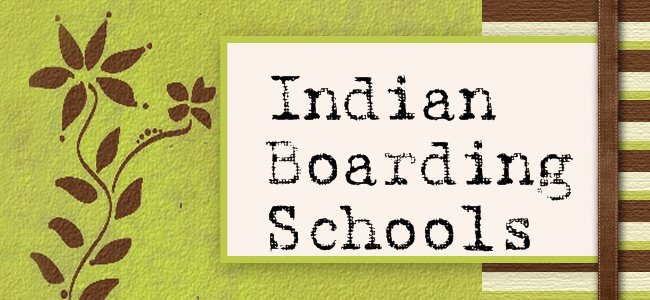The Thomas Asylum for Orphan and Destitute Indian Children was the first of its kind in the nation as it housed Indian-only orphans. Construction of the first building began in 1855 and its walls became filled with children and personnel within the year. The 100 acres that would house the facility was located on the Cattaraugus Reservation in the far western side of the state of New York.
The need for the orphanage sprang from the death of one man – a man who in his passing left a large family with a great deal of extreme need. Supported by missionaries, philanthropists, the state of New York and Senecas the institution adopted the common school agenda. The agenda, itself, meant that there would be education for all with the goal in mind of creating a national identify. With this in mind, the notion set forth that through these diverse backgrounds had to develop a shared set of attitudes and values – to be Americanized!
 A myth sprung to the forefront – immigrants wanted to be Americanized. This, as the book explains, is far from the truth. In the 1830s and 1840 immigrants held tightly to their traditional ways especially in the areas of language and religion. They lived in neighbors both in urban and rural settings to maintain the ethnic customs. It was only in the late 1800s when immigrant parents decided that they had to relinquish aspects of their cultural identity in order for their children to be successful in American schools.
A myth sprung to the forefront – immigrants wanted to be Americanized. This, as the book explains, is far from the truth. In the 1830s and 1840 immigrants held tightly to their traditional ways especially in the areas of language and religion. They lived in neighbors both in urban and rural settings to maintain the ethnic customs. It was only in the late 1800s when immigrant parents decided that they had to relinquish aspects of their cultural identity in order for their children to be successful in American schools. With this said, the book goes on to explain that Native American experiences paralleled the immigrants but in reverse chronology. The author states that in the early 1800s most Indian groups accepted, or at least accommodated to education that aimed to assimilate and acculturate. As time went on, the attitude changed. Why? Due to the disruptiveness of cultural cohesiveness of the late 1800s. Children and families were faced with the trauma of removal. Children were being taking away from their homes to be forced to become Americans – it no longer was a choice it was a demand.
The orphanage was highly cared for by hired personnel. Unlike the boarding schools of that time that were in the practice of having the children assist in maintaining the campus grounds and cleanliness of the indoor environment. In fact, the ratio of adult-to-child in 1855 was 1:7 compared to other orphanages whose rations could sometimes exceed to 1:100.
Nonetheless the discipline of the orphanage was harsh as it followed a military style of routine and consequences. All facilities that housed children, immigrants and Native Americans, used military policies. Haircuts were the very first event that took place to those who arrived. The reason, health and hygiene would be the expected response. The overall fear of head lice spreading throughout a facility was ended when haircuts were performed. This was not the only thing that was terminated – so was the identity and individuality of the child.
Records show that children who attended the orphanage had both positive and negative recollections. For the most part, in the earlier years the institution was quite enjoyable. As time passed a few negative memoirs surfaced. Events and special occasions were the most often mentioned when it came to the good times. Discipline and illness were noted as the negative.
The doors of the orphanage were closed in 1955 with great fight. The Senecas had hopes that it could be turned into a vocational high school or an Indian college along the same lines of Haskell but their attempts failed. However, it is noted that many of the orphans who attended Thomas went on to go to off-reservation boarding schools such as Haskell, Carlisle, and the Hampton Institute in Virginia.
Nonetheless the discipline of the orphanage was harsh as it followed a military style of routine and consequences. All facilities that housed children, immigrants and Native Americans, used military policies. Haircuts were the very first event that took place to those who arrived. The reason, health and hygiene would be the expected response. The overall fear of head lice spreading throughout a facility was ended when haircuts were performed. This was not the only thing that was terminated – so was the identity and individuality of the child.
Records show that children who attended the orphanage had both positive and negative recollections. For the most part, in the earlier years the institution was quite enjoyable. As time passed a few negative memoirs surfaced. Events and special occasions were the most often mentioned when it came to the good times. Discipline and illness were noted as the negative.
The doors of the orphanage were closed in 1955 with great fight. The Senecas had hopes that it could be turned into a vocational high school or an Indian college along the same lines of Haskell but their attempts failed. However, it is noted that many of the orphans who attended Thomas went on to go to off-reservation boarding schools such as Haskell, Carlisle, and the Hampton Institute in Virginia.





